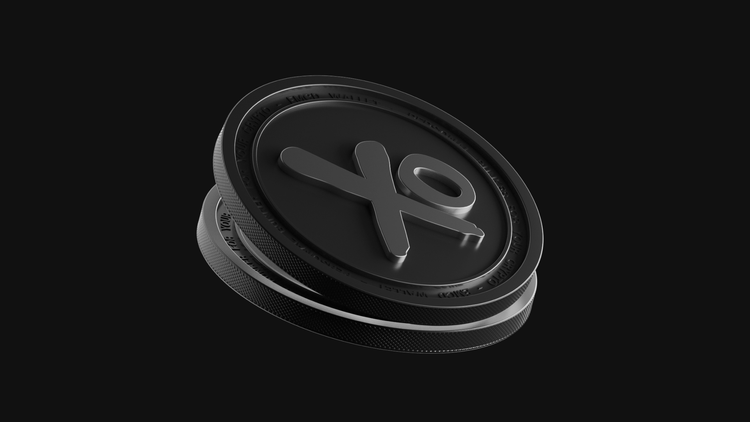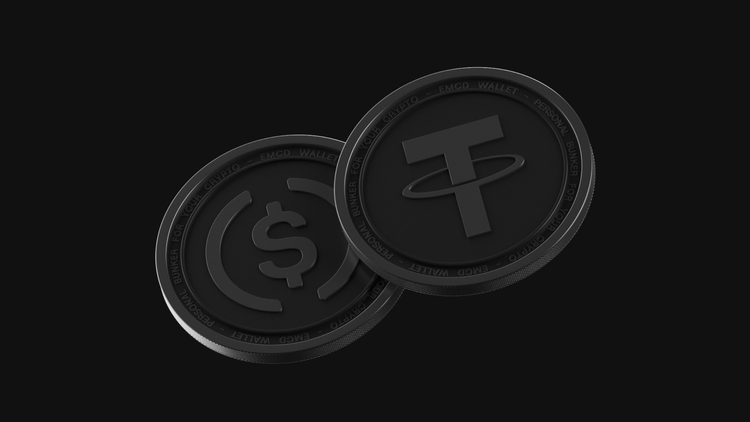How Blockchain Works: Explained in Simple Terms
Blockchain is a technology that stores information in blocks, which are securely linked using cryptographic methods. Imagine it as a vast digital ledger where each entry is independently verified by thousands of users across the globe.
Unlike traditional databases controlled by a central authority, blockchain is decentralized. Every node in the network holds a full copy of the data, and any new transaction must be validated collectively by the network. This architecture ensures transparency, builds trust, and makes the system extremely resistant to tampering.
Each block is cryptographically linked to the one before it, giving rise to the term ‘blockchain’. These blocks securely store information such as transactions, digital assets, smart contracts, and more. When a new block is added, it receives a unique identifier along with a reference to the preceding block, preserving the integrity and chronological order of the chain.
The key advantage of blockchain over traditional systems lies in its decentralization. Operating across thousands of machines, it can't be easily shut down, faked, or hacked.
How does blockchain actually work?
Let’s say you want to send money to a friend using blockchain. Here’s what happens:
- You create a transaction to send 1 bitcoin
- The transaction is broadcast to the network and reaches thousands of nodes
- These nodes verify that you have the necessary funds and haven’t spent them already
- If the transaction is valid, it’s included in a new block
- This block is added to the blockchain, becoming part of its permanent history
- Your friend receives 1 bitcoin, and your balance is updated accordingly
What’s inside a block?
Each block on the blockchain contains several key components that ensure the network's integrity and transparency.
- A list of transactions — records of all transfers, payments, or smart contract interactions included in that block
- A timestamp — the exact time the block was added to the blockchain, helping track the sequence of events
- A hash — a unique digital fingerprint generated from the block’s contents, used to identify and secure it
- A reference to the previous block — specifically, the hash of the previous block, linking them together to form a secure and continuous chain
Because each block depends on the hash of the previous one, altering any data in a past block would change its hash. This would break the connection with the next block and trigger a chain reaction, invalidating the entire blockchain. That’s why tampering with blockchain data is nearly impossible — the system is designed to detect and reject any inconsistencies.
How is blockchain different from a traditional database?
At first glance, blockchain may look like a regular database, but there are key differences:
- Decentralization. In a traditional database, everything is controlled by a single organization. In blockchain, data is distributed among all network participants, and changes require consensus.
- Immutability. In regular databases, data can be edited or deleted. In blockchain, once information is added, it becomes permanent.
- Transparency and security. Anyone can view blockchain records, even though everything is encrypted and highly secure.
Why blockchain is a game-changer
Blockchain enables secure data exchange and digital transactions with multiple benefits:
- Enhanced security. Thanks to cryptographic protection, data can't be altered or forged.
- Transparency. Anyone can audit blockchain records, which makes the system open and trustworthy.
- No intermediaries. Blockchain removes the need for banks, notaries, and third parties, reducing cost and saving time.
- Decentralization. There's no single point of control, minimizing system failures and attacks.
- Automation. Smart contracts can automatically execute agreements without third-party involvement.
Why are blocks so secure?
When new transactions are recorded on a blockchain, each one is time-stamped and secured with a cryptographic signature. Once included in a block and added to the chain, this data becomes tamper-proof and permanently traceable. It’s locked in and verifiable from the exact moment it was created.
For example, Bitcoin uses the SHA-256 hashing algorithm, which transforms transaction data into a fixed-length string called a hash. This hash acts like a digital fingerprint. It doesn’t reveal the original data, but any change to the input will completely alter the hash, making tampering immediately detectable.
The hashing process serves two main purposes: it compresses transaction data for efficient storage and creates a cryptographic puzzle that must be solved to add a new block to the chain.
Solving this puzzle requires significant computing power, time, and some luck. This process is called mining. As a reward for securing the network and validating transactions, the first participant to solve the puzzle earns new bitcoins.
To increase their chances of earning rewards, miners often join mining pools — groups of miners who combine their computational power. When the pool successfully solves a puzzle, the reward is distributed among participants based on how much each contributed.
One such pool is EMCD, known for its efficiency and a wide range of tools designed specifically for miners:
- Custom firmware to optimize mining equipment performance
- Professional hosting services for large-scale mining farms
- 24/7 technical support to keep operations running smoothly
- Advanced ASIC monitoring systems for real-time insights
- And much more to help you mine smarter and more efficiently
Still sounds complicated? We make it simple. Click the link to see how it all works — and if you’ve got questions, just drop them in the comments. We’re here to guide you every step of the way.



